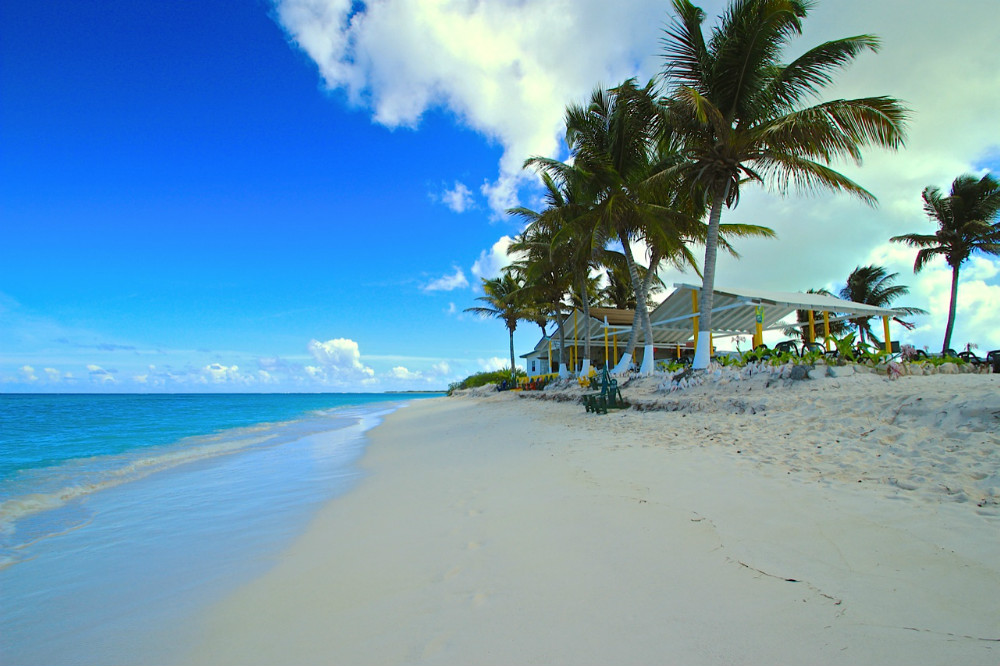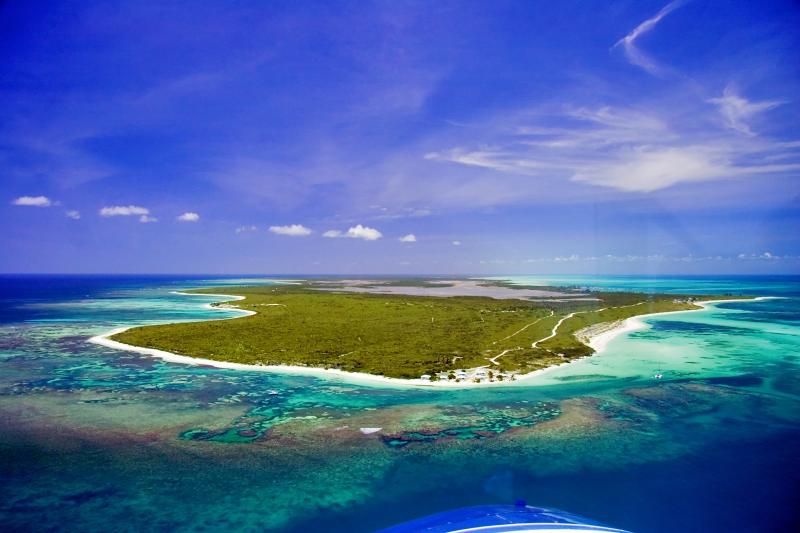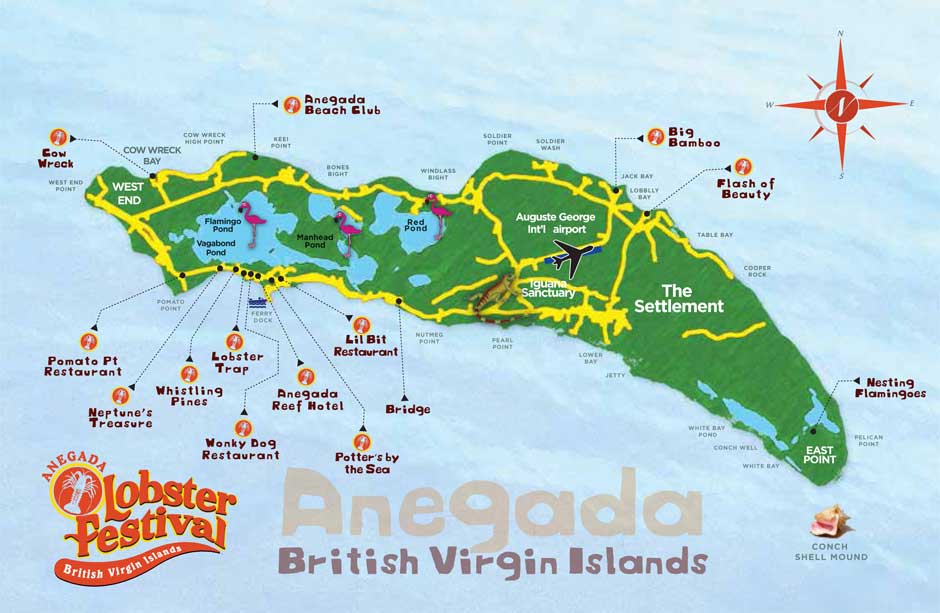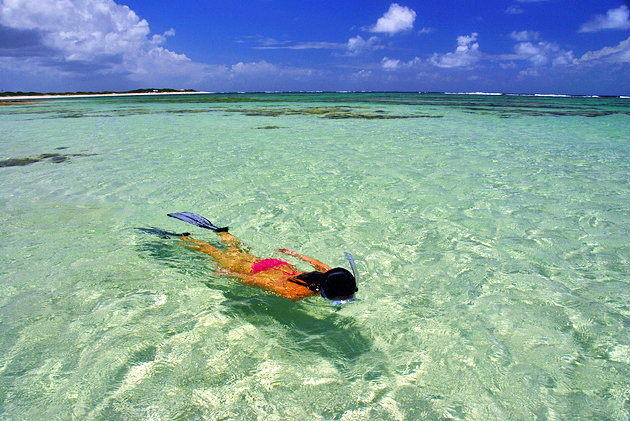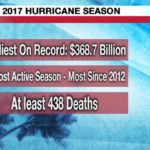ROAD TOWN, Tortola — Researchers affiliated with the United States Geological Survey returned to Anegada this month to examine the environmental impacts of Hurricane Irma and to determine the connections to long-term storm and tsunami records.
The four-member team collected further evidence and took the opportunity to meet with officials and residents on the island to learn about their experiences during Hurricane Irma.
Assistant Professor at the Division of Marine Science, University of Southern Mississippi,Dr. Jessica Pilarczyk led the team and explained her role and the reason for her participation in the study.
“Patterns of hurricane frequency and intensity remain unclear in part because detailed long-term records are limited to only a few locations, but also because of uncertainties associated with interpreting the geologic record. The seemingly unprecedented generation of intense storms during the 2017 hurricane season highlights the uncertainty surrounding the geographic and temporal controls on hurricanes in the Atlantic region,” Dr. Pilarczyk said.
She added that the team aims to improve upon this uncertainty by characterizing Hurricane Irma’s sedimentary deposit at Anegada, within the context of its corresponding storm surge.
“Data from Hurricane Irma will enable an assessment of two extreme events of similar magnitude, but different genesis: Hurricane Irma and the 1755 Lisbon tsunami. These data will also resolve the unanswered question, ‘what happens to overwash deposits that undergo closely-timed extreme wave inundation?'” she said.
The team will also compare previously collected sediments deposited by Hurricane Earl in 2010 with those deposited by Hurricane Irma in September 2017.
Dr. Pilarczyk has been working alongside Dr. Brian Atwater who has been coordinating the research visits for a number of years. The U.S. National Science Foundation recently funded Dr. Pilarczyk’s participation to investigate the impact of Hurricane Irma’s storm surge on Anegada.
The team met with members of the Department of Disaster Management and Town and Country Planning Department on January 19 to provide some preliminary information on their findings. Dr. Pilarczyk explained that the unique geomorphology of Anegada has allowed for the preservation of hurricane and tsunami sediments in low-energy environments and that the island is an ideal location for these types of studies.
She said, “We have the opportunity to fully examine a known event. We were able to determine that the storm surge was not as high in Anegada but there is evidence that the surge went beyond the beach line mostly in the north of the island causing significant damage to Cow Wreck and intensifying the levels of erosion on that portion of the island.”
She added, “We also saw significant wind damage to Daddy’s Love Shack mainly due to strong winds and impacts from the storm surge as the surge was able to deposit sand well within the structures.”
The team spoke about the comparison of Irma to Typhoon Haiyan that impacted the Philippines in 2013. They concluded that this event has many characteristics that were similar to Irma; however, the storm surge from Typhoon Haiyan caused more damage. In the case of the BVI, the wind damage from Irma resulted in destruction to many structures throughout the territory.
The studies on Anegada date back to 2008. The team, who visited from January 8 to 20, included additional scientists, namely Jessica Pilarczyk, Bob Halley, Michaela Spiske and Stephen Mitchell.

